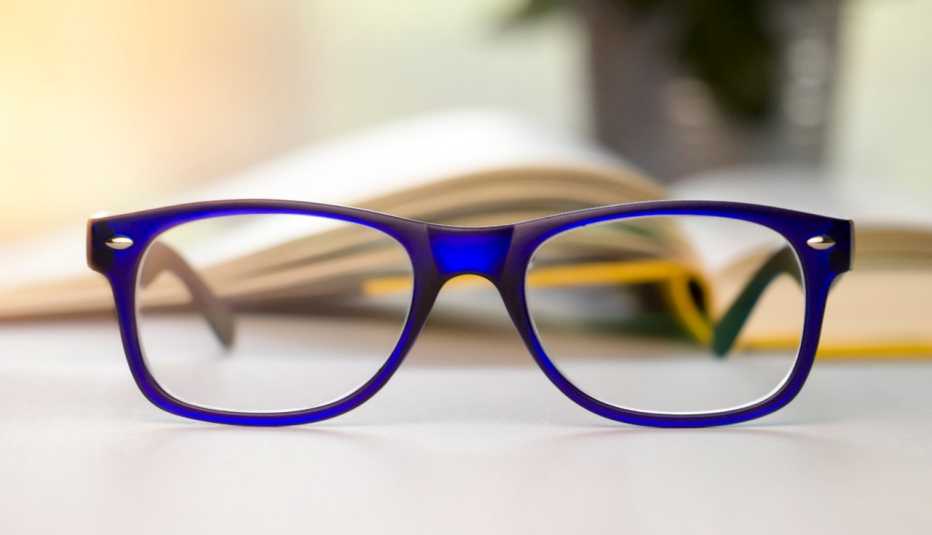Staying Fit


As reading glasses have grown in popularity, they’ve also become more sophisticated. Last year, 53.6 million pairs of “readers” (aka “cheaters”) were sold in the U.S., and more than 90 percent of them to people over 45, according to the Vision Council. These glasses cost only $17 on average and are sold mostly by mass retailers (nearly 80 percent of sales) such as supermarkets, pharmacies and convenience stores, rather than by an optometrist or online. Let’s take a look at over-the-counter (OTC) vision correction.


AARP Membership— $12 for your first year when you sign up for Automatic Renewal
Get instant access to members-only products and hundreds of discounts, a free second membership, and a subscription to AARP the Magazine.
Understanding magnification
Reading glasses are rated by their diopter strength. The power is rated in increments of 0.25 units. A higher number indicates stronger magnification.
Help with computer work
You may need two pairs — one for looking at a screen, the other for reading printed material. In general, people need about 0.75 less lens power for the computer than for normal reading, says Lindsay Berry, an optometrist with Neuro-Vision Associates of North Texas in Plano. “For example, if you wear a +2.25D for reading, you will probably need about a +1.50D for computer.” Consider computer glasses with blue-light filters for better sleep.
Block out rays
Reading sunglasses for enjoying a paperback at the beach are now widely available. Berry recommends getting polarized lenses, which block UV light as well as light that reflects from flat surfaces such as roads and water, so they enhance vision and minimize squinting due to glare and reflections. Nonprescription bifocal sunglasses, with reading magnification notched into the bottom of otherwise unmagnified lenses, will let you use the sunglasses for all your outdoor activities.
Visit AARP’s Eye Center for information on your vision health and ways to protect your eyes.
One size doesn’t fit all
“OTC readers are made to a standard pupillary distance, or the distance from the center of the right eye to the center of the left,” says optometrist Karina Sigulinsky of Northwestern Memorial Hospital in Chicago. “If your eyes are closer together or farther apart than that standard, you might not be able to see very well or even end up with eyestrain.” If that’s the case, your eye doctor can provide you with a customized pair of readers to fit your face, she says.
Wear with contacts
If your contacts work well for distance vision, slipping on a pair of readers when you need them should serve your up-close needs most of the time, says optometrist Clark Chang, cornea specialty contact lens director at Wills Eye Hospital in Philadelphia.
Help with distance vision
It’s possible to buy OTC glasses to help you see better at a distance, but this is a more complex vision deficiency. These glasses won’t correct for astigmatism or provide the same acuity in both eyes — each eye often requires a different prescription. Chang says it’s better to see your eye doctor for a prescription and an eye exam. Then use the prescription to shop online and save money, he says. “If you have an uncomplicated distance prescription, an average facial profile and understand the risks of ordering noncustomized prescriptive devices, you may find suitable glasses online that you can wear comfortably.”

































































More on health
Reading Glasses Get Cool
Check out the new wave of readers in lightweight, compact and stylish designsEye Center
Expert information on vision health including cataracts, glaucoma and more